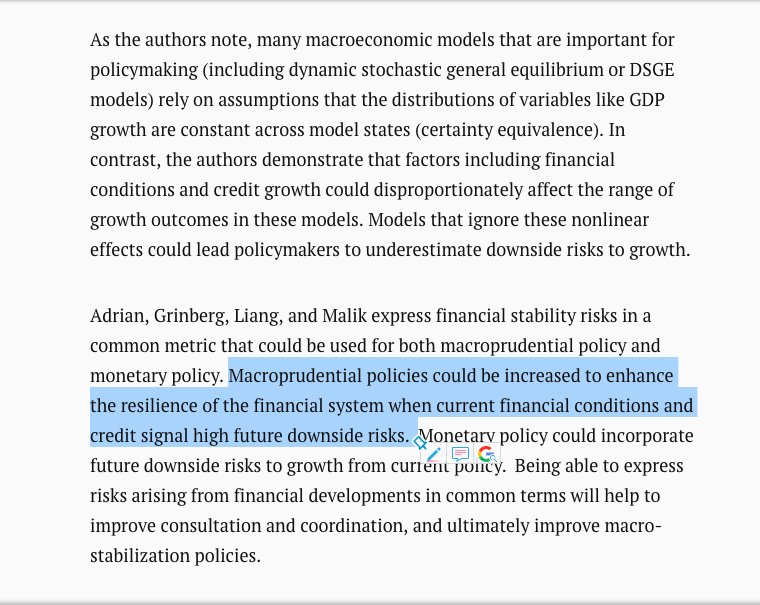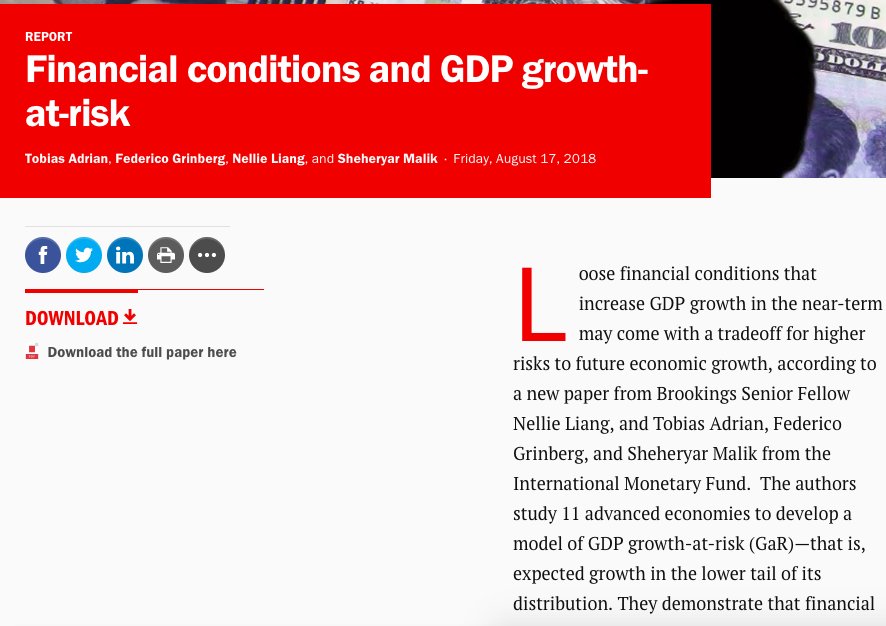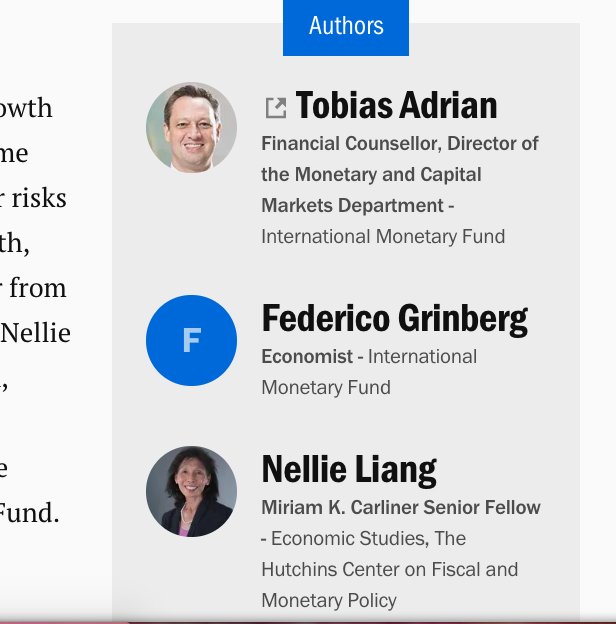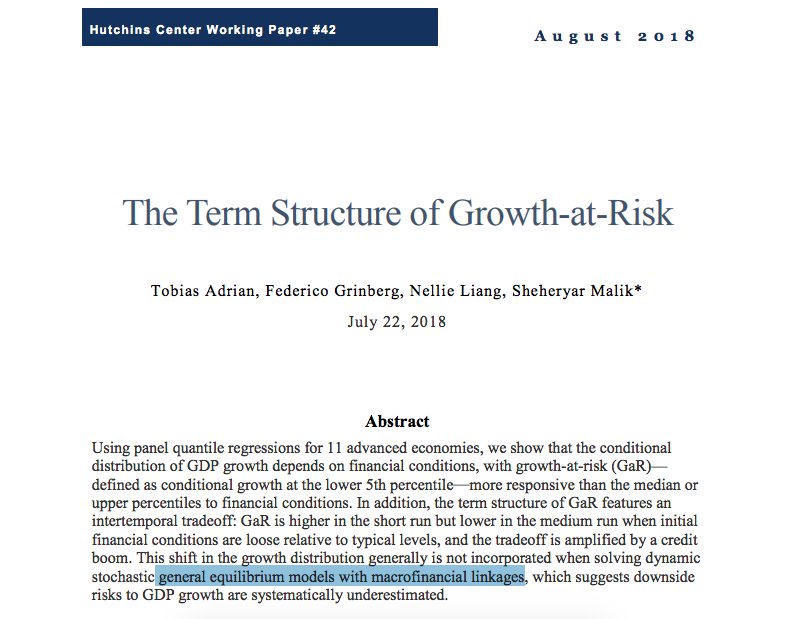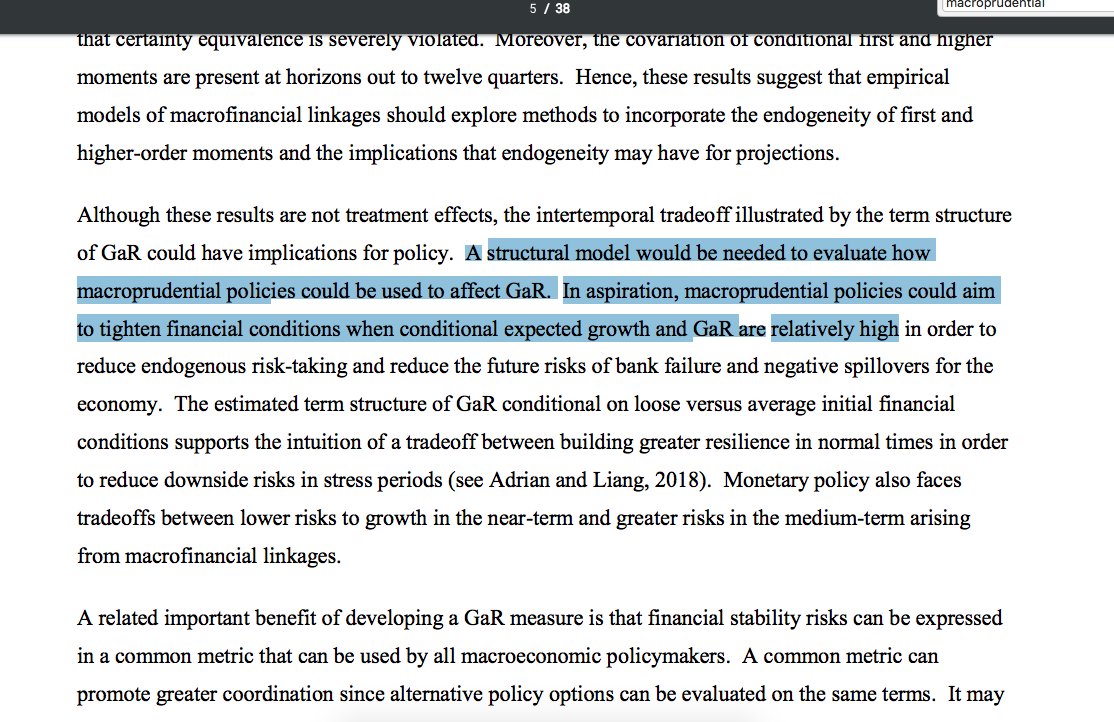🤩 Expectations management
🎲 Valuing risk is hard
💱 Financial complexity
Here are some thoughts on communicating options.
/1
Telling a bright MIT grad that they’re getting options that equal 0.1% of the current value of the company doesn’t sound compelling,
So a large number of startups tout the number of shares they’re offering instead.
/2
/3
The founder is even happier because they’re able to use the employee’s optimism as a form of currency, but the company is misleading the employee and taking advantage of naiveté.
/4
/5
/6
/7
It’s easy to feed employee’s expectations in a deceiving manner. Many seeded founders can tell a compelling story about how they’ll turn a $10M valuation to a $1B ambition without really examining the risks along the way. Don’t be this founder.
/8
/9
inc.com/larry-kim/7-th…
/10
/11
/12
/13
/14
The final challenge in talking about stock options is venture math. Founders obsess over dilution, but most employees don’t think about it much. Nor should they: In an up round, % dilution is ultimately a sign of value appreciation.
/15
/16
/17
/18
/19
/End




